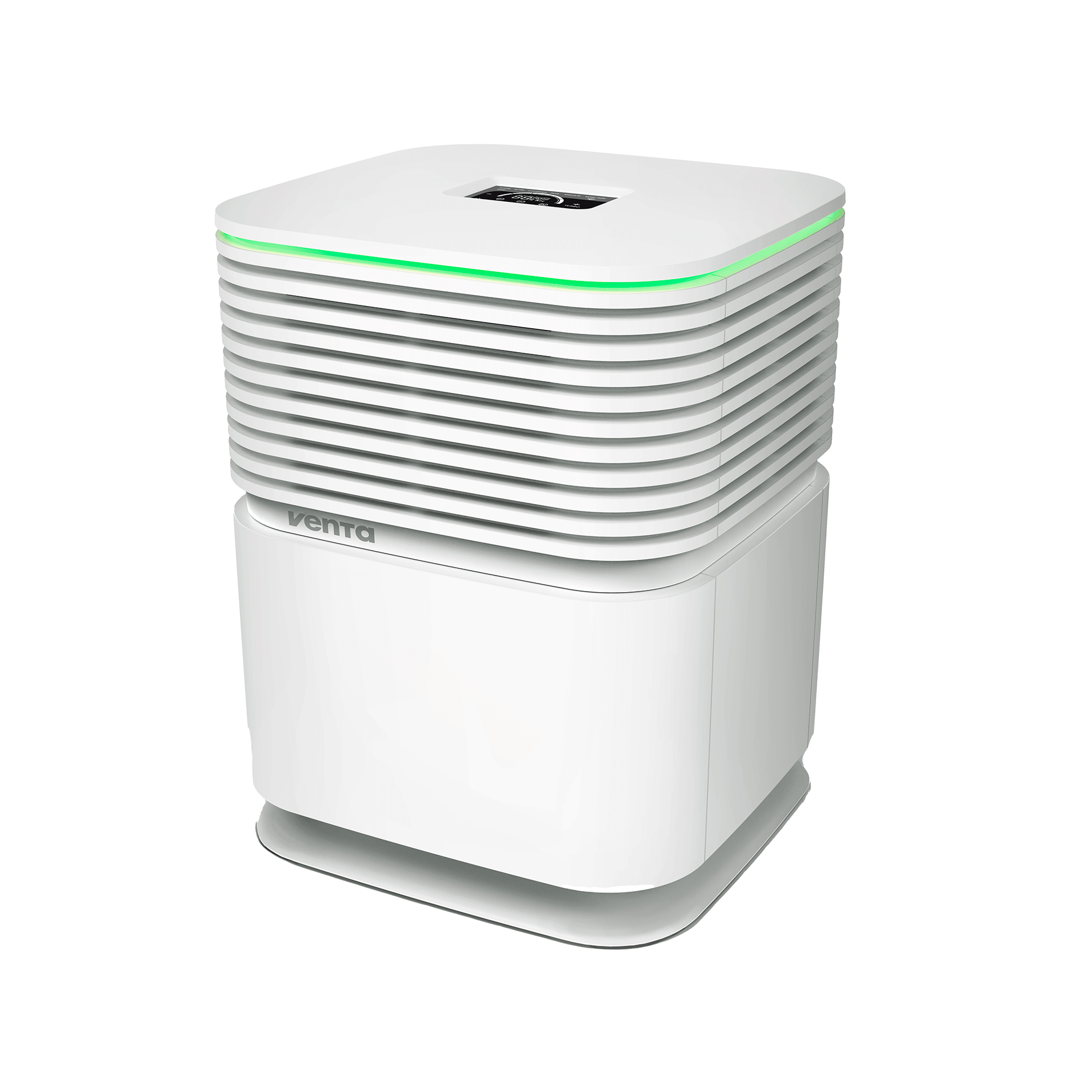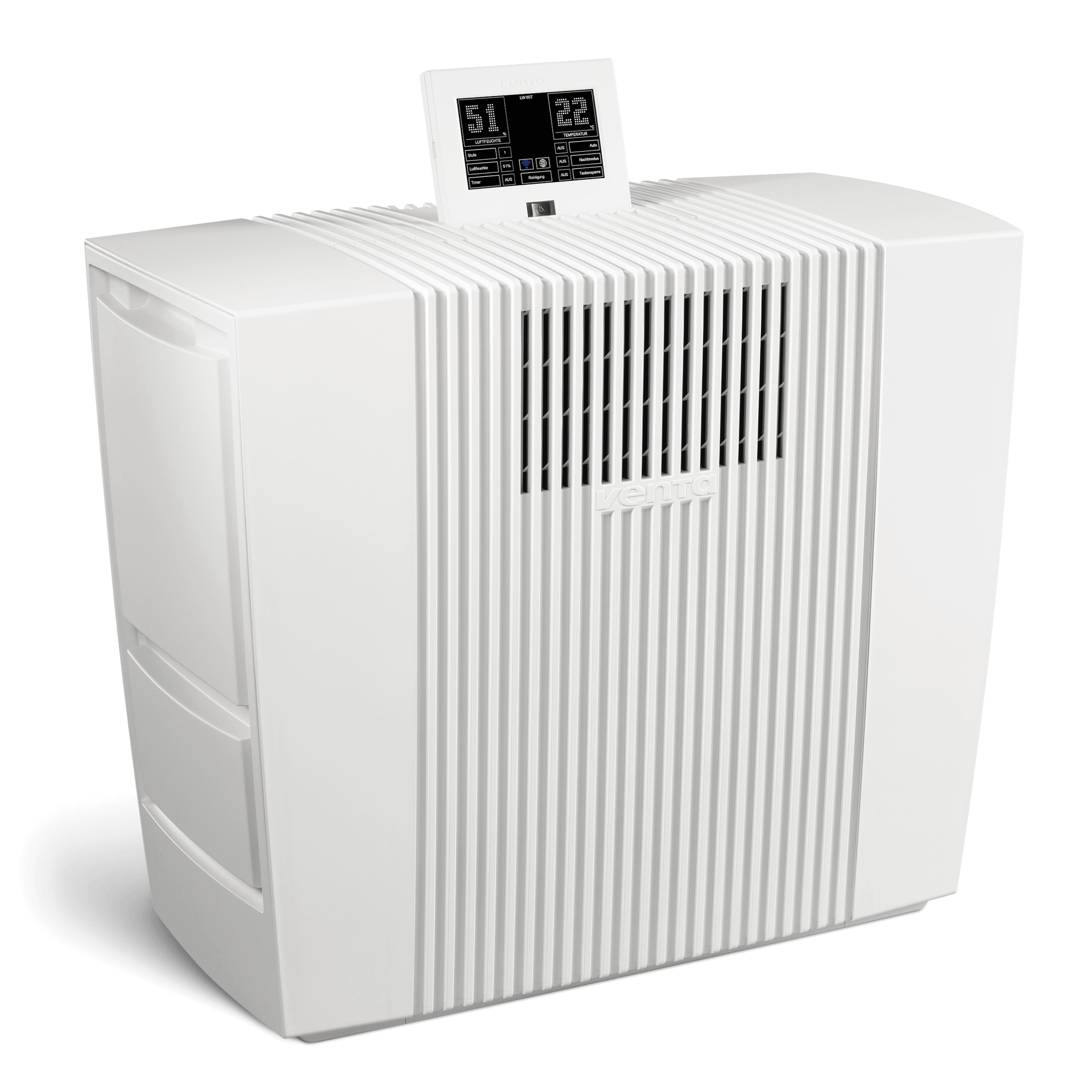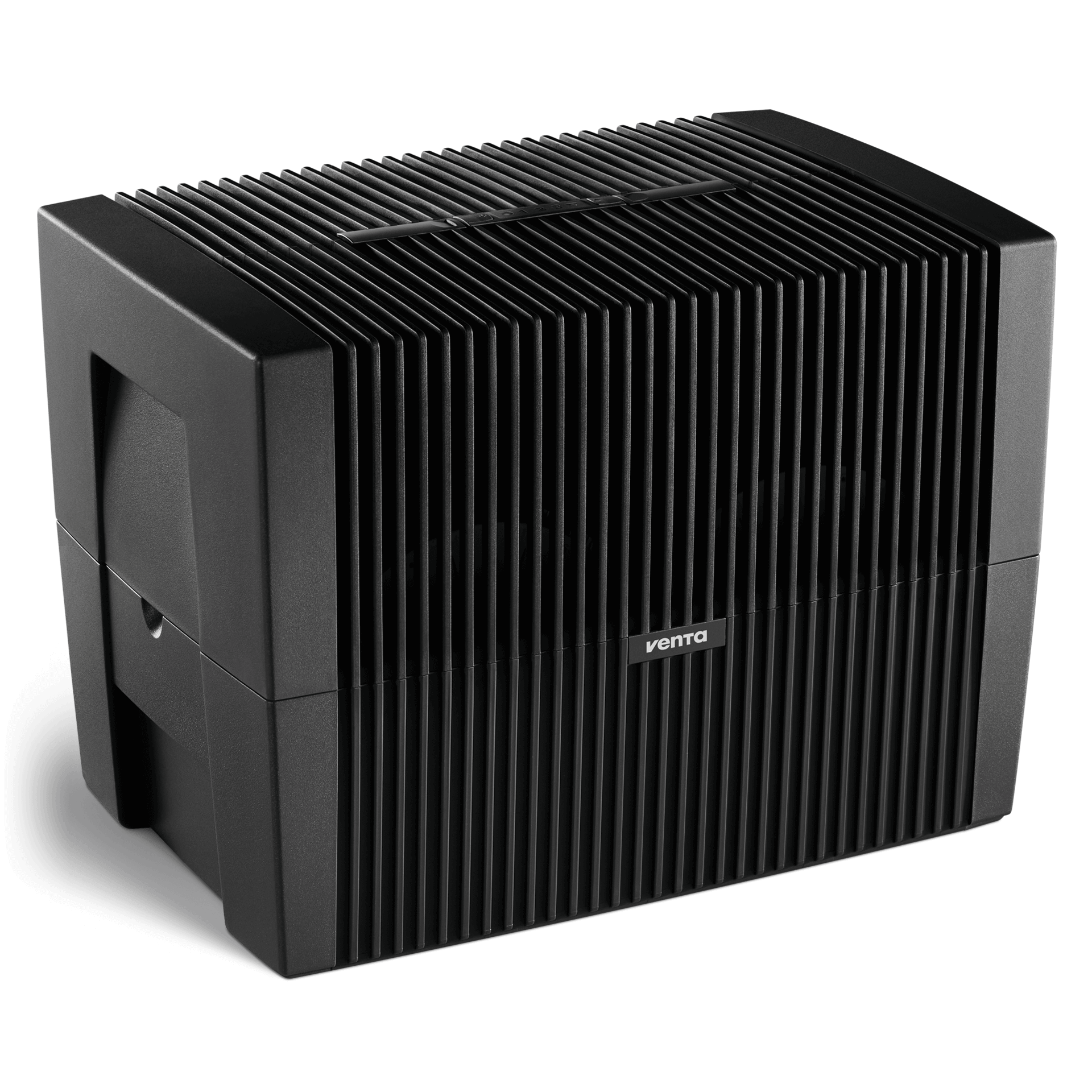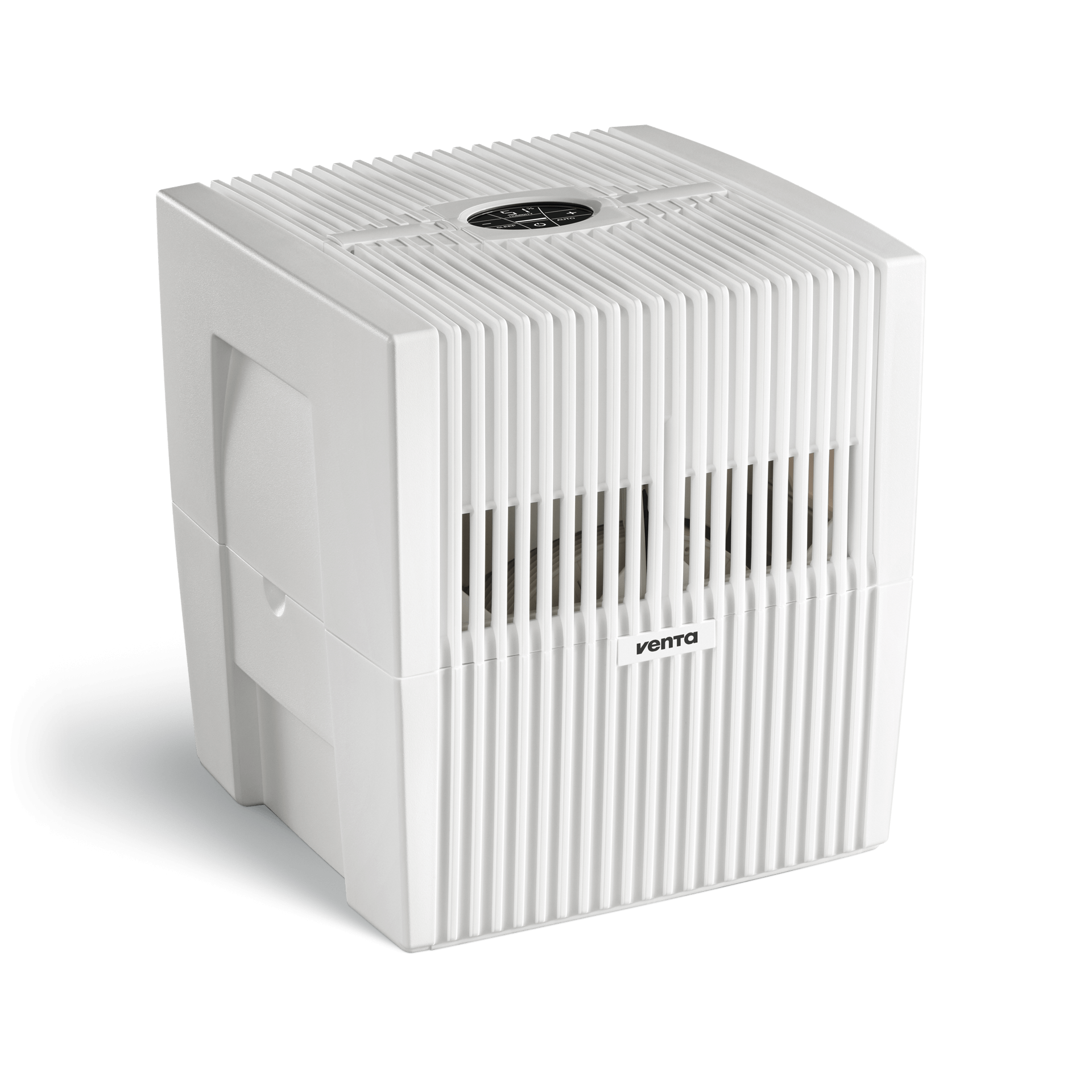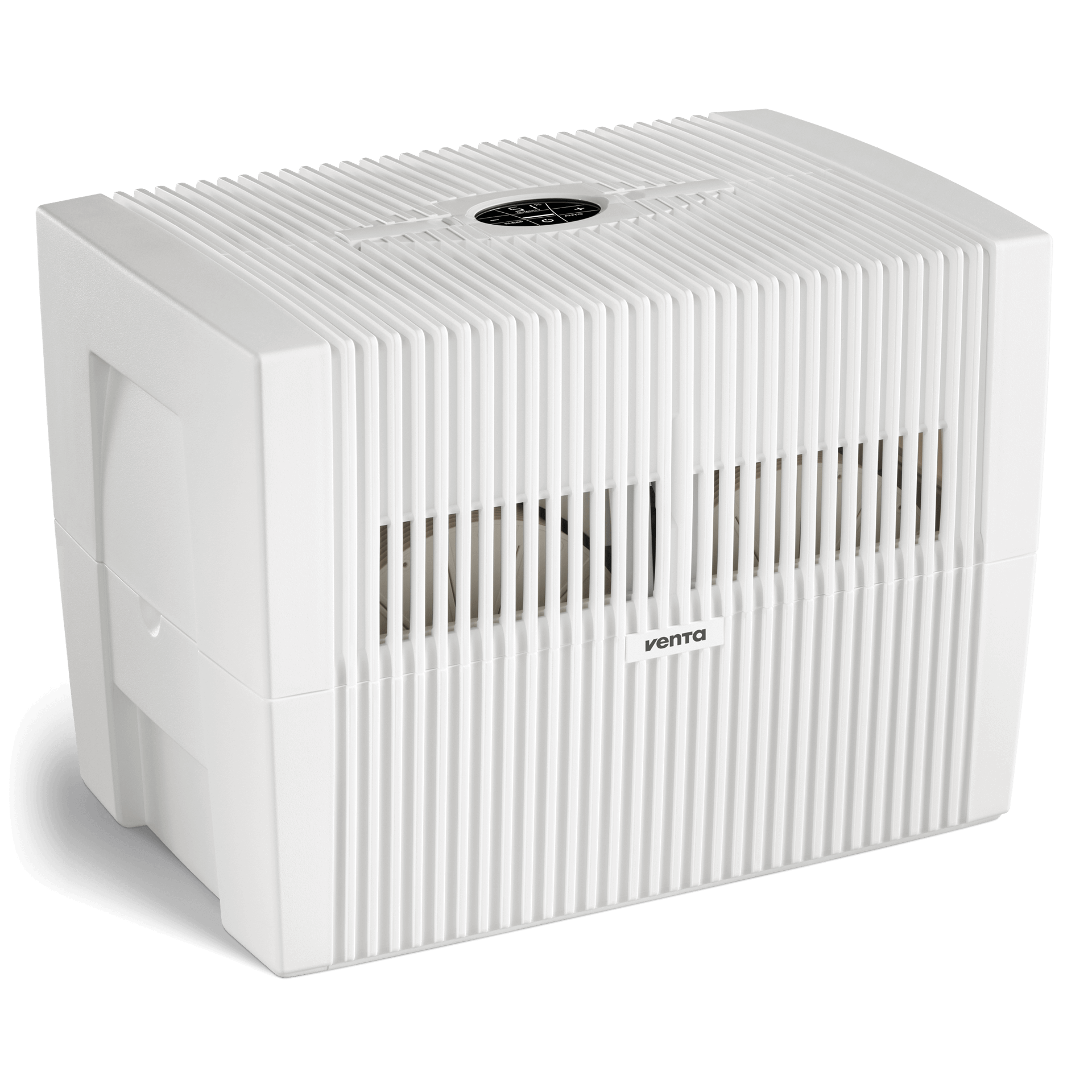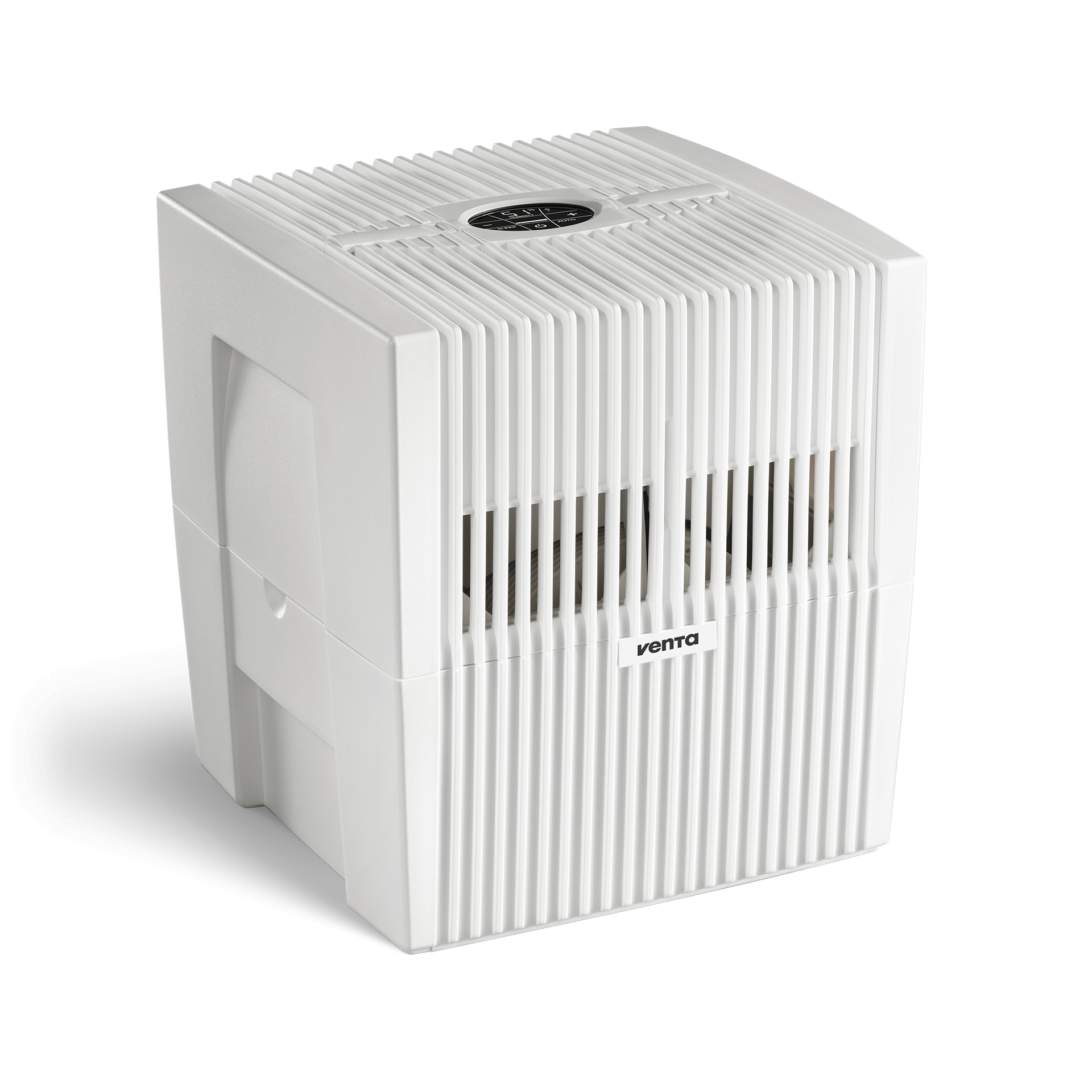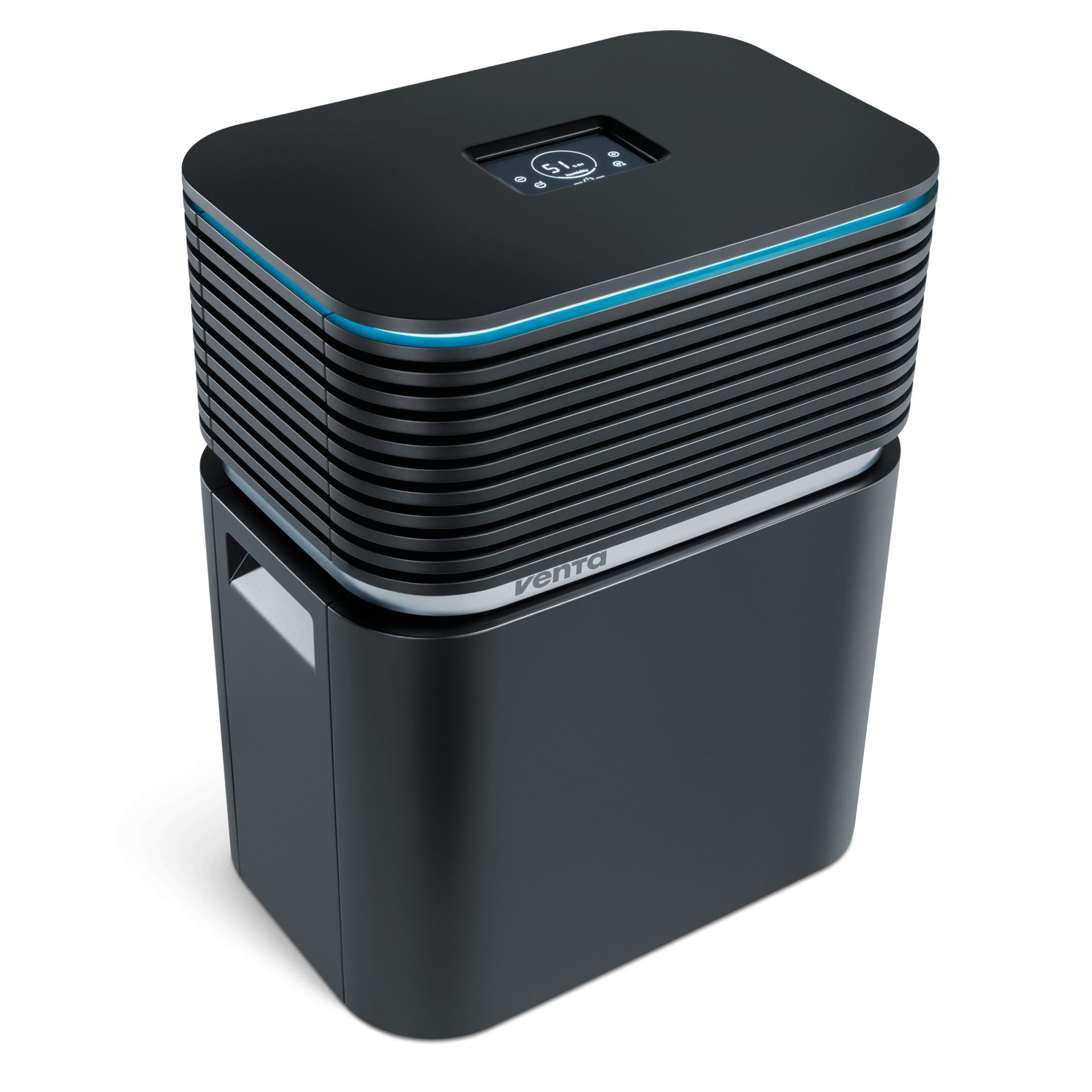Multiple systems, one aim: a comparison of humidifiers

The ideal values for humidity in living spaces are between 40 and 60 percent. However, indoor humidity is often lower than this. Our senses can’t detect a lack of humidity. Therefore, we need a solution that ensures an optimal room climate. Humidifiers are the answer. However, there are various appliances on the market which use different humidification methods. That makes it difficult to know which system is best. We’ve taken a close look at the various systems for you.
Advantages:
- Low cost
- Low energy consumption
- Cooling effect in summer
- Most appliances can be used with aromatic oils which create a pleasant room climate
Disadvantages:
- The cooling effect means increased heating in winter
- Precipitation of condensation
- Calcium deposits in rooms
- Humidifying capacity / range usually insufficient
- Technical problems if used with hard water
- Buildup of bacteria and germs possible
Advantages:
- Heat kills germs
Disadvantages:
- High energy consumption
- Calcium deposits
- Precipitation of condensation
- At incorrect settings, danger of over-humidification and mould
- Danger of scalding
Advantages:
- Very low cost
- Low power consumption
- No formation of condensation or mist
Disadvantages:
- Unhygienic
- Filter pads must be replaced regularly
- Buildup of germs and bacteria
- More suitable for small rooms
Advantage:
- Hygienic, natural humidification method
- No buildup or emission of bacteria into the indoor air
- No unhygienic filters
- No calcium deposits
- No precipitation of condensation
- High humidifying capacity
- Natural reduction of harmful substances in the air
- Extremely low power consumption






